Since 2014, hundreds of children in the U.S. have been afflicted with a condition called acute flaccid myelitis (AFM), which can cause paralysis. Researchers have not yet found the cause of AFM. This makes it difficult to develop prevention and treatment strategies. In a new study, evidence of infection with an enterovirus was found in about 80% of people with AFM. More work is needed to understand whether enterovirus infection contributes to AFM.
Studies have linked poor sleep to an increased risk of heart disease and other health conditions. But the molecular mechanisms underlying the link between sleep and heart disease has been unclear. Researchers found that sleep disruption activates a molecule that triggers inflammation and leads to fatty buildup in mouse arteries. The findings underscore the importance of getting enough quality sleep to maintain heart health. It also suggests new targets for fighting heart disease.
The brains of people with Parkinson’s disease contain abnormal clumps largely made up of the protein alpha-synuclein. Abnormal clusters of alpha-synuclein have also been found in the guts of people with Parkinson’s disease. Researchers were able to track alpha-synuclein from the gut to the brain by way of the vagus nerve in mice. Finding a way to stop the spread of this protein from gut to brain might help prevent Parkinson’s disease in people.
Brown fat breaks down blood sugar and fat molecules to create heat and help maintain body temperature. Researchers have been working to harness brown fat’s activity in order to treat metabolic diseases. A new study in mice provided key insights into brown fat’s effects on the body’s metabolism. The findings reveal molecular targets for developing new treatments for obesity, diabetes, and other metabolic disorders.
More than 5.6 million adults in the United States are living with heart failure, where the heart can’t pump enough blood to meet the body’s needs. Researchers identified a molecular pathway with higher activity in older adults and in people with heart failure. Blocking this pathway with a drug improved heart function in mice with heart failure. The study's findings may help pave the way for new approaches to treat heart failure in people.
The blood-brain barrier helps protect the brain from threats like infection. But cancer cells can sometimes get past it and establish metastatic tumors in the brain. Researchers discovered how small particles from cancer cells called extracellular vesicles cross the blood-brain barrier to make the brain more hospitable to metastatic tumors. Understanding this process could guide strategies to stop brain metastases as well as methods to deliver drugs to the brain.
Technology has helped people who can’t speak to communicate through devices that translate head or eye movements into speech. But these systems are slow and laborious to use. Scientists used brain signals recorded from patients with epilepsy to program a computer to mimic natural speech. Listeners could accurately identify more than half of the synthesized words. This advance could one day help certain patients without the ability to speak to communicate more easily.
A biofilm is a layer of microbes that can grow on many kinds of surfaces, including inside the body. Infections that involve biofilms are challenging to treat, because the microbes in a biofilm live together in a protective, sticky matrix. Researchers developed magnetic nanoparticle robots that can destroy and remove biofilms from surfaces. After further development, this technology could provide a new method of biofilm removal for teeth, medical implants, and medical devices.

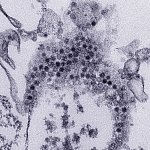
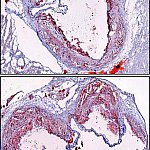
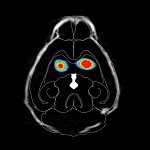
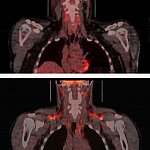

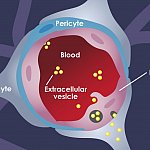























.png)












No hay comentarios:
Publicar un comentario